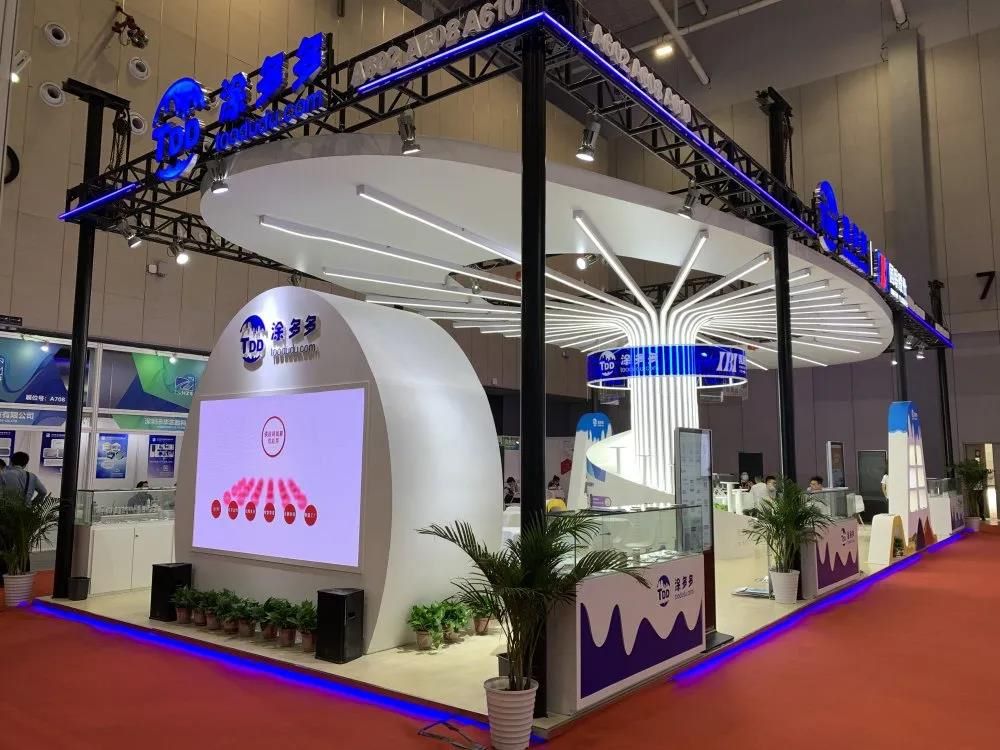Hydraulic System: Power and Reach
The hydraulic system is a vital power transmission and control device in the modern industrial field, playing an irreplaceable role in many fields. It uses liquid as the working medium and uses the pressure energy of the liquid to transmit power and perform control. This unique working method gives the hydraulic system many significant advantages and a wide range of application scenarios.
The efficient operation of the hydraulic system is based on the Pascal principle. When pressure acts on the liquid in a closed container, the pressure is transmitted evenly in all directions.
The hydraulic pump uses this principle to convert mechanical energy into the pressure energy of the liquid, so that the liquid flows in the pipeline. By controlling the size and direction of the openings on different components, actuators such as hydraulic cylinders and hydraulic motors can be accurately controlled to achieve various complex actions such as lifting, moving, and rotating.
In the field of industrial manufacturing, hydraulic systems are widely used. For example, in the field of heavy machinery processing, large hydraulic presses can generate huge pressures for forging, stamping, and forming of metal materials.
These hydraulic presses can easily form metal billets weighing several tons, and can accurately control pressure and stroke to ensure the processing accuracy of the product. In the automotive manufacturing industry, the robotic arms on the automotive production line also use hydraulic systems. Driven by hydraulics, these mechanical arms can quickly and accurately complete tasks such as welding and assembly, significantly improving production efficiency and product quality.
The construction engineering field also relies on the support of hydraulic systems. Construction machinery and equipment such as excavators and cranes are equipped with high-performance hydraulic systems. The hydraulic arm of the excavator can flexibly perform actions such as excavation, lifting and unloading, and with its powerful force, it can easily handle hard rocks and large amounts of earthwork.
Cranes use hydraulic systems to achieve the lifting, amplitude change and rotation of heavy objects, and realize the efficient lifting of construction materials and equipment at the construction site. Even in the construction of high-rise buildings, the hydraulic climbing formwork system plays a vital role. It uses the telescopic movement of the hydraulic cylinder to achieve the automatic climbing of the formwork to ensure the smooth progress of the construction.
In the field of transportation, the application of hydraulic systems is also very extensive. The retraction and extension of the landing gear, flap control and braking system of the aircraft all rely on the hydraulic system. The hydraulic system can provide huge power in a short time to ensure the reliable retraction and safe landing of the landing gear during takeoff and landing.
Hydraulic technology is also used in the automatic transmission, power steering system of automobiles and the suspension system of some high-performance vehicles. The automatic transmission realizes automatic shifting through hydraulic control, making driving easier and more convenient; the power steering system uses hydraulic power to make it easier for the driver to control the steering wheel, improving driving comfort and safety.
In addition to the above fields, hydraulic systems are also widely used in many industries such as ships, aerospace, and agricultural machinery.
On ships, hydraulic systems are used for rudder control, anchor handling, and cargo loading and unloading operations; in the aerospace field, hydraulic systems provide power and control for the flight control system and fuel system of aircraft; in the field of agricultural machinery, the suspension system of tractors, the cutting and conveying devices of harvesters, etc. all require the support of hydraulic systems.
With its powerful power output, precise control capabilities and wide applicability, the hydraulic system has become an indispensable and important part of modern industry and daily life.
With the continuous advancement of technology, hydraulic systems are also developing in the direction of high efficiency, energy saving, and intelligence, and will play a more important role in more and more fields in the future.











